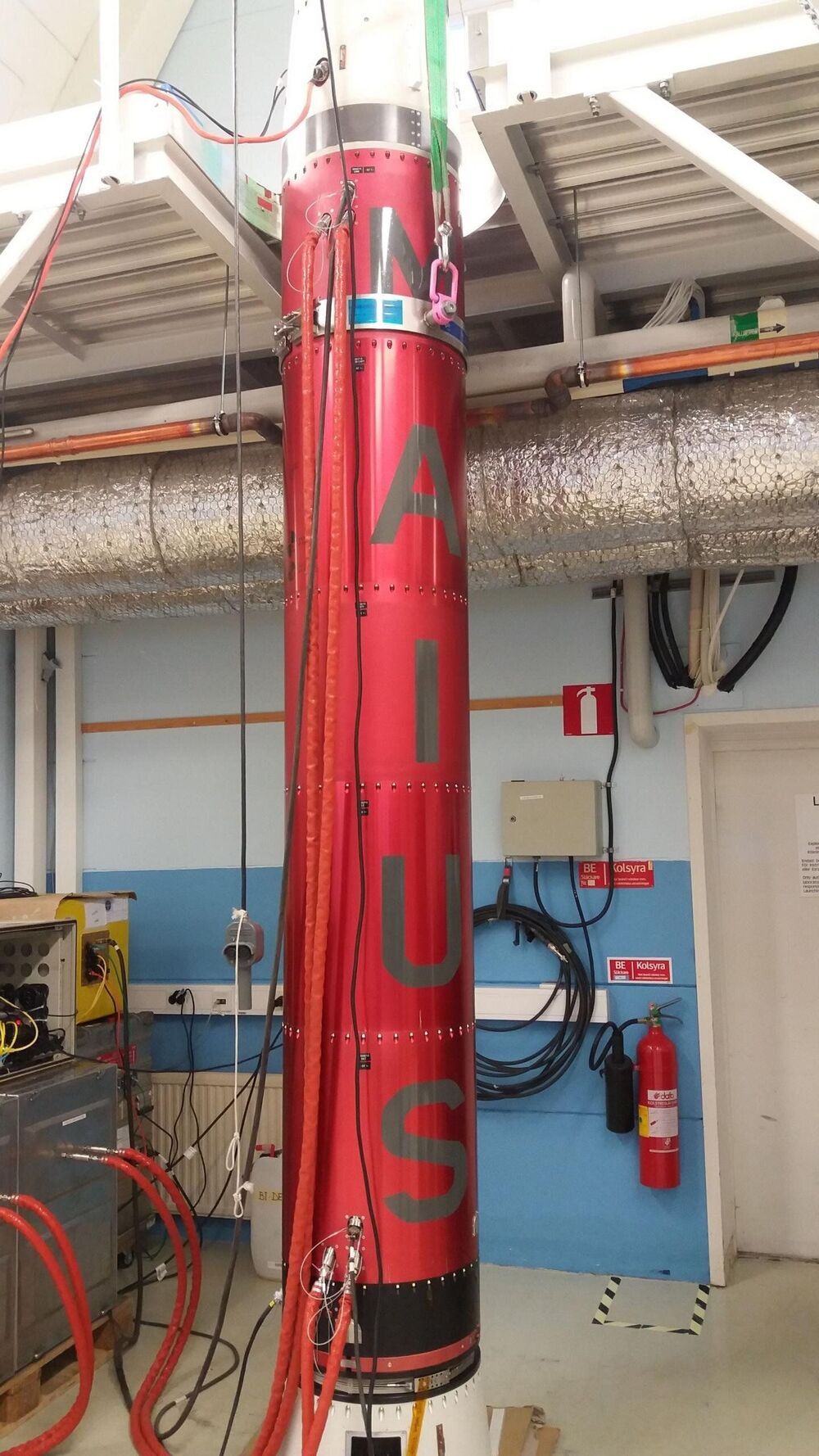In an attempt to better track users and predict their search habits, Google Chrome has developed FLoC (Federated Learning of Cohorts). FLoC provides visibility into user data to any website that desires this information.
In fact, FLoC places each user in an ID group to help websites recognize and target individuals. In response, the alternative search engine DuckDuckGo has come out with an extension for Chrome that can block FLoC tracking. Furthermore, users now have the option of using either the DuckDuckGo application or extension to entirely opt out of FLoC monitoring.
Google first implemented FLoC in order to offer all users advertisements based on their demographic and search trends, but without including third-party cookies. However, the company waited only a short time before deciding the tracking method would apply to all Google Chrome users regardless of whether the user chose to opt in or not. Understandably concerned about privacy, many users have expressed wanting to learn more about alternative search engine options.







